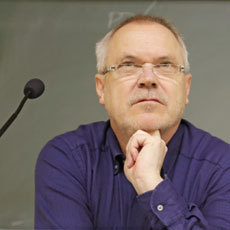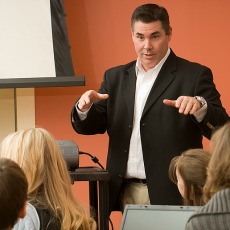Nine Characteristics of a Great Teacher
Years ago, as a young, eager student, I would have told you that a great teacher was someone who provided classroom entertainment and gave very little homework. Needless to say, after many years of K-12 administrative experience and giving hundreds of teacher evaluations, my perspective has changed. My current position as a professor in higher education gives me the opportunity to share what I have learned with current and future school leaders, and allows for some lively discussions among my graduate students in terms of what it means to be a great teacher.






